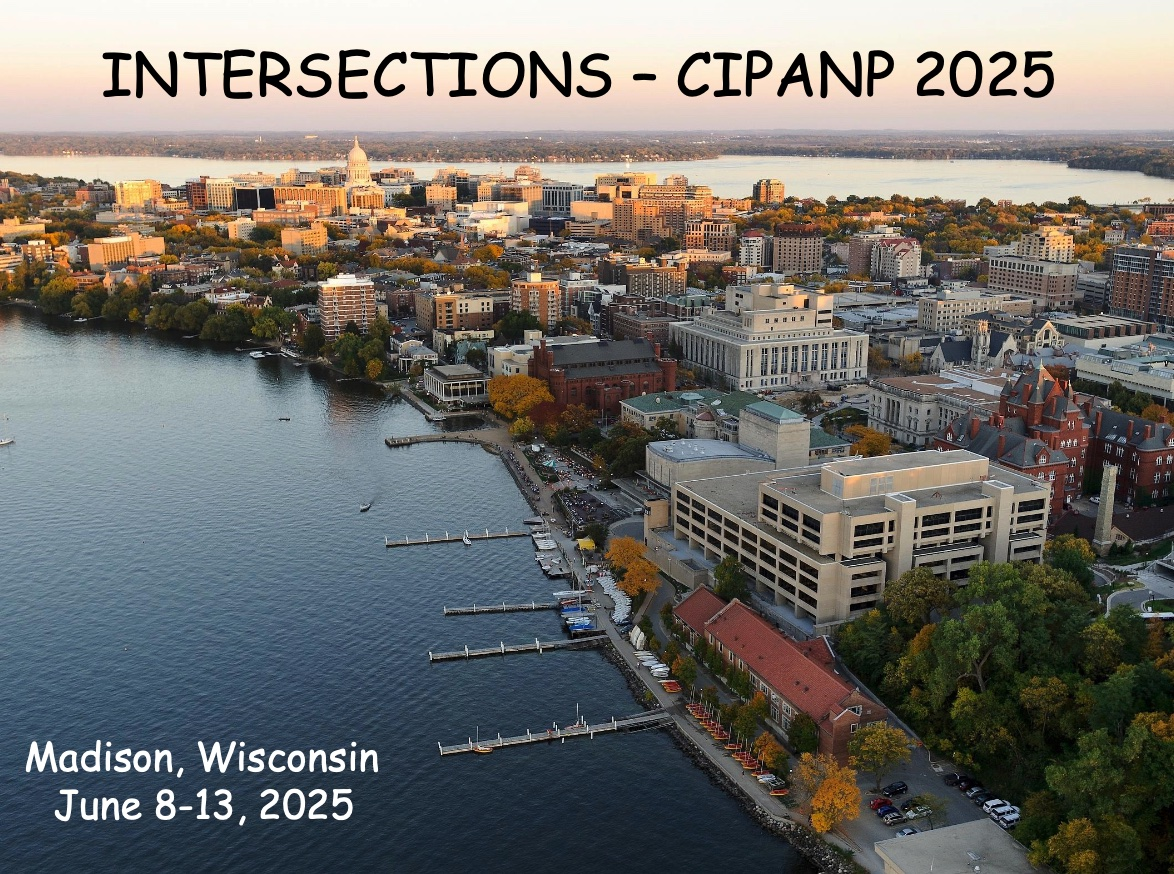Speaker
Description
Today, physicists build massive detectors to capture the faintest recoils of nuclei colliding with neutrinos and dark matter (DM). These experiments aim to enable high-precision tests of the Standard Model and to searches for physics Beyond the Standard Model. To meaningfully interpret such searches, accurate theoretical predictions of neutrino-nucleus and DM-nucleus cross sections are needed. However, these cross sections carry significant uncertainties, primarily because the nucleus is a complex many-body system composed of protons and neutrons held together by the strong force in a nonperturbative regime.
Recent advancements in nuclear theory have made substantial progress in calculating nuclear properties and their responses to external electroweak probes. In particular, the use of chiral effective field theory in combination with modern computational tools, often referred to as the ab initio approach, provides the greatest promise for quantifying and reducing nuclear uncertainties. In this talk, I will first present an overview of nuclear response calculations for neutrino-nucleus and DM-nucleus elastic and inelastic scattering. I will then focus on recent progress in ab initio nuclear calculations that are advancing this frontier.

